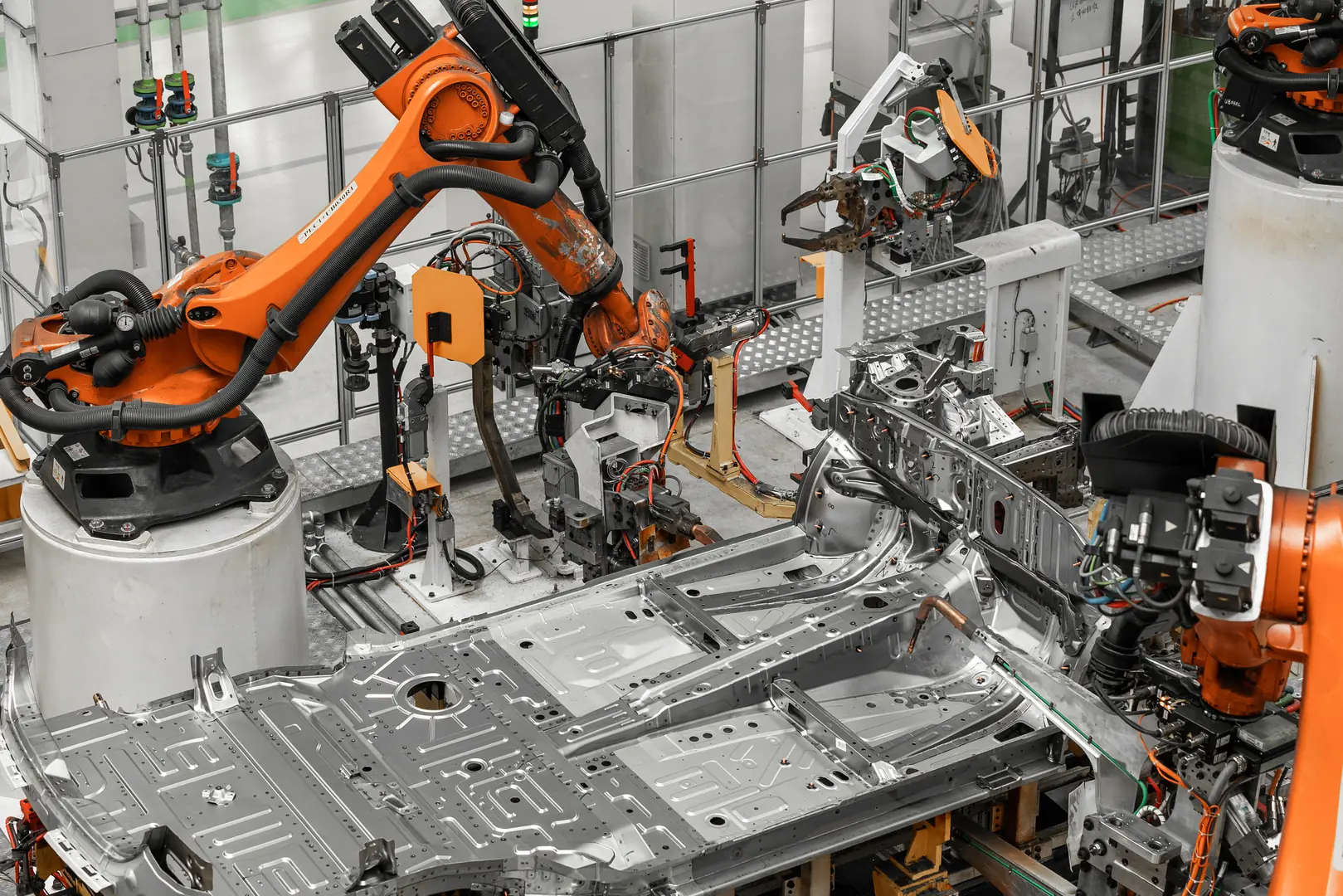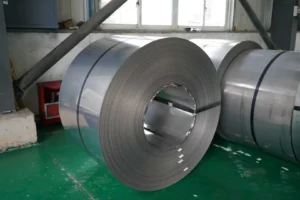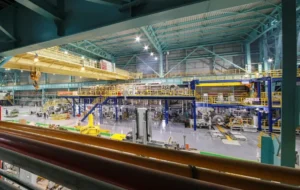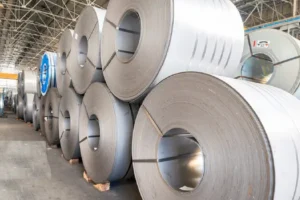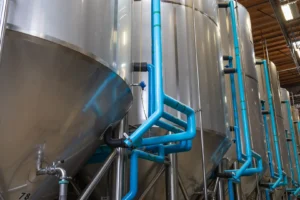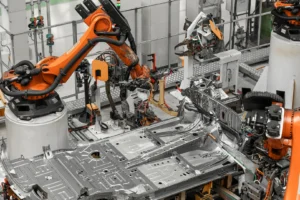Why 201 Stainless Steel is a Cost-Effective Choice for Specific Applications and Industries
Struggling to find a durable material that won't break your budget? Volatile commodity markets make cost control a constant battle. 201 stainless steel[^1] offers a smart, economical solution.
201 stainless steel is cost-effective because it substitutes expensive nickel with manganese and nitrogen. This significantly lowers material costs while maintaining sufficient strength and corrosion resistance for many non-critical applications, offering a perfect balance between performance and budget.
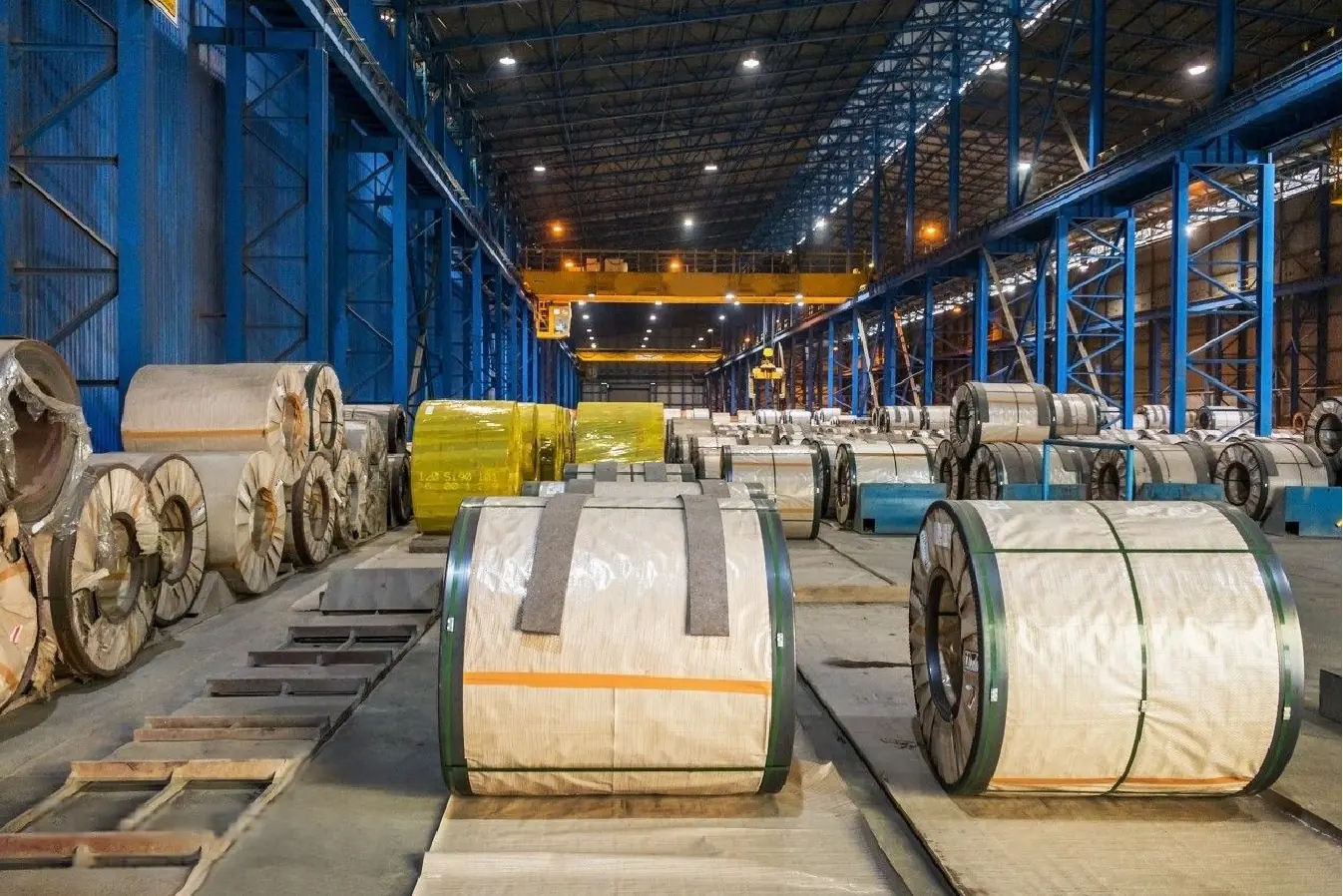
As the Global Business Director at MFY, I've guided countless partners through the complex world of material selection. The conversation often circles back to a crucial balance: performance versus cost. While premium grades have their place, the real strategic advantage often lies in choosing the right material for the job, not necessarily the most expensive one. This is where 201 stainless steel truly shines. It’s a workhorse material that provides incredible value when applied correctly. Let’s break down exactly why it’s such an intelligent choice for so many businesses.
What are the key properties of 201 stainless steel that make it cost-effective?
Understanding material specifications can feel complex. Choosing the wrong alloy based on incomplete information can directly impact your bottom line. It's all about its unique chemical composition[^2].
The key cost-effective property of 201 stainless steel is its chemical composition. By replacing a significant portion of expensive nickel with more affordable manganese and nitrogen, it achieves a desirable balance of formability, strength, and moderate corrosion resistance at a much lower price point.

To truly appreciate the value of 201, we need to look at its DNA—its alloy structure. The "200 series" of stainless steels was born out of a need to conserve nickel, a valuable and price-volatile element. The solution was brilliant in its simplicity and effectiveness.
The Power of Substitution
The primary cost driver in austenitic stainless steels[^3] like the popular 304 grade is nickel. In 201 stainless steel, metallurgists replaced a large portion of the nickel content with manganese and a small amount of nitrogen. Manganese is far more abundant and less expensive than nickel, leading to an immediate and substantial reduction in raw material costs. Nitrogen acts as a strengthening agent and helps stabilize the austenitic structure, ensuring the material doesn't lose its essential mechanical properties. I remember a client in Brazil who was manufacturing kitchen sinks; the fluctuating nickel price was destroying their profit margins. Switching to 201 stabilized their costs and made their business predictable again.
Balancing Performance and Price
This clever chemical engineering results in a material with properties that hit a sweet spot for many applications. It retains good formability, meaning it can be easily bent, stamped, and drawn into complex shapes—perfect for items like cookware and decorative trim. It also has good strength and hardness. The trade-off is in corrosion resistance; it's less resistant than its 300-series cousins, making it unsuitable for marine or heavy chemical environments. But for the vast majority of indoor and mild-environment applications, its resistance is more than adequate.
| Element | Grade 201 (Typical %) | Grade 304 (Typical %) | Impact |
|---|---|---|---|
| Nickel (Ni) | 3.5 - 5.5 | 8.0 - 10.5 | Major Cost Reducer |
| Manganese (Mn) | 5.5 - 7.5 | < 2.0 | Nickel Substitute |
| Chromium (Cr) | 16.0 - 18.0 | 18.0 - 20.0 | Corrosion Resistance |
| Nitrogen (N) | < 0.25 | < 0.10 | Strength Enhancer |
How does 201 stainless steel compare to other types in terms of cost and performance?
With so many stainless grades available, the choice can feel overwhelming. A mistake can be costly. A direct comparison with the industry-standard 304 grade clarifies everything instantly.
Compared to 304 grade, 201 stainless steel is significantly less expensive due to its lower nickel content. While 304 offers superior corrosion resistance, 201 provides comparable strength and formability, making it a better value choice for indoor or less corrosive environments.

At MFY, we field this question daily: "Should I use 201 or 304?" My answer is always the same: it depends entirely on your application's end-use environment. Thinking of these materials as direct competitors is a mistake; they are tools for different jobs.
The Cost Equation: Nickel vs. Manganese
The most significant difference is price. Depending on market conditions, 201 stainless steel can be anywhere from 15% to 30% cheaper than 304. This cost difference is almost entirely tied to the price of nickel on the London Metal Exchange (LME)[^4]. When nickel prices spike, the value proposition of 201 becomes even more compelling. For businesses producing high volumes of goods, this cost saving isn't just a minor benefit—it's a fundamental competitive advantage that can be passed on to customers or reinvested into the business.
Performance Trade-offs: A Clear Distinction
Where does the extra cost of 304 go? Into superior corrosion resistance. The higher nickel and chromium content in 304 makes it the standard for outdoor architectural features, food processing equipment that handles acidic substances, and applications in coastal or chemical-heavy environments. Using 201 in these scenarios would lead to premature rusting and failure. However, for an indoor decorative panel, a restaurant countertop, or automotive interior trim, the high-level corrosion resistance of 304 is simply overkill. You are paying for a performance feature you don't need. 201 provides the required look, strength, and longevity for these applications at a fraction of the cost.
| Feature | 201 Stainless Steel | 304 Stainless Steel | The Takeaway |
|---|---|---|---|
| Cost | Lower | Higher | 201 offers significant upfront savings. |
| Corrosion Resistance | Good | Excellent | 304 is for harsh environments; 201 for mild. |
| Strength | High | High | Both offer excellent mechanical strength. |
| Formability | Excellent | Excellent | Both are easy to work with. |
| Ideal Use | Indoor, decorative, consumer goods | Outdoor, chemical, marine, food processing | Choose based on the environment, not just specs. |
In which industries is 201 stainless steel most widely used and why?
You need the right material for your specific industry. A mismatch can lead to product failure, reputational damage, or unnecessary overspending. Let's look at where 201 SS already succeeds.
201 stainless steel is widely used in industries where aesthetics and strength are prioritized over extreme corrosion resistance. This includes kitchen equipment, food service items, architectural decoration like trim and railings, and automotive components for interior and non-critical exterior parts.
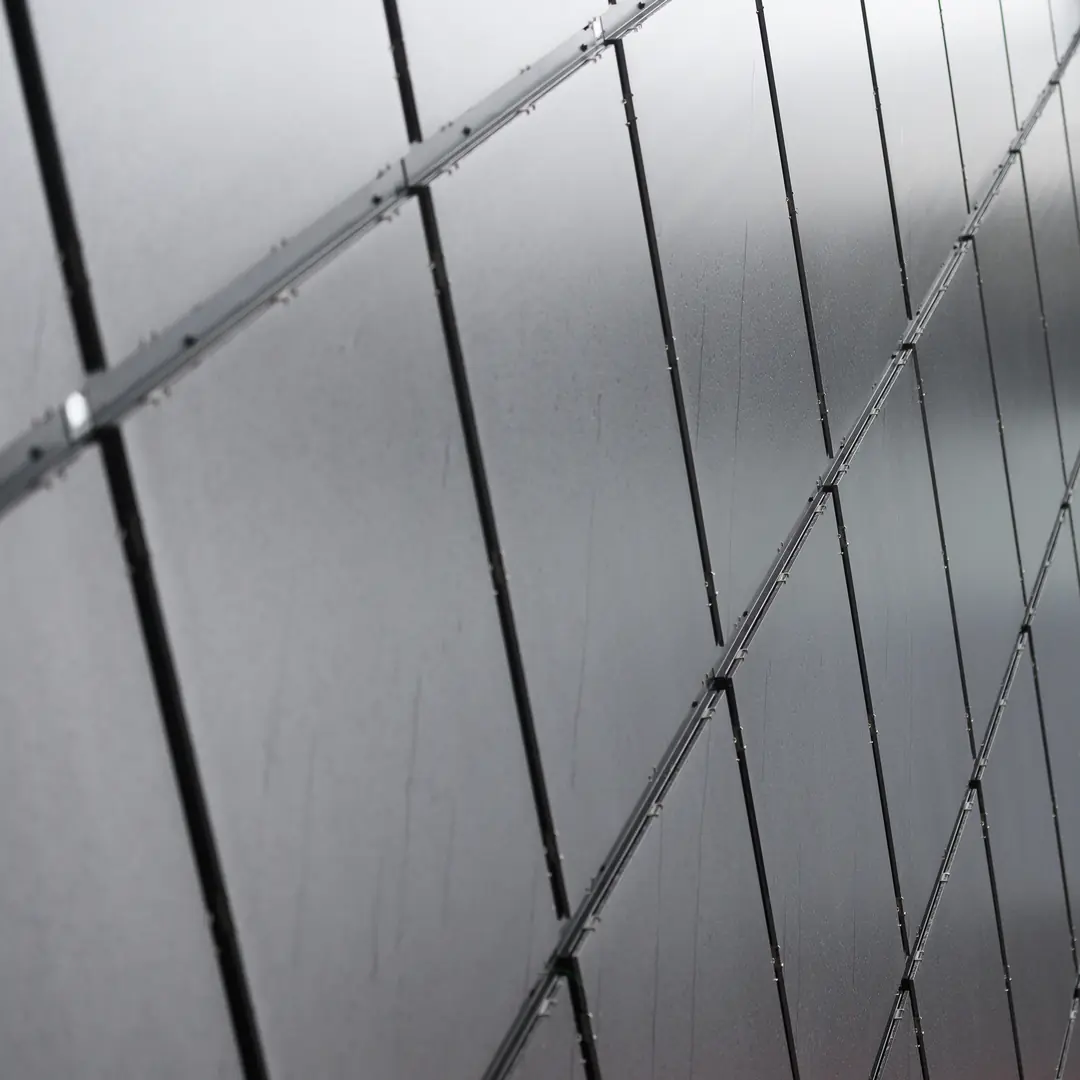
The versatility and economic advantage of 201 have made it a staple in several key global industries. It has proven its worth time and again in applications where it can provide the look and feel of high-end stainless steel without the associated cost.
Food Service and Kitchenware
This is perhaps the most common application for 201. Think about restaurant kitchen countertops, sinks, cooking utensils, and flatware. In these environments, the material needs to be durable, easy to clean, hygienic, and resistant to food-related stains. 201 checks all these boxes perfectly. It withstands the daily wear and tear of a commercial kitchen and maintains its bright, clean finish with standard cleaning procedures. The extreme corrosion resistance of 304 is not required, so 201 provides the perfect functional and aesthetic solution at a much more attractive price point.
Architectural and Decorative Applications
Indoors, 201 is a favorite among architects and designers. It's used extensively for decorative trim, elevator doors, indoor railings, window and door frames, and furniture components. In these applications, the primary requirements are a modern, clean aesthetic, good strength, and scratch resistance. Since these components are protected from the elements, the moderate corrosion resistance of 201 is perfectly sufficient. This allows for the creation of high-end interior designs while keeping project budgets firmly in check.
The Automotive Sector
I worked with an automotive parts supplier in India who was struggling with the cost of 304 for their decorative trim pieces. We analyzed their needs and realized that for interior components like dashboard accents and seat trim, 201 was an ideal fit. They made the switch and immediately saved nearly 20% on their material budget without any compromise in quality or appearance for the end-user. 201 is also used for some exhaust system components and structural parts where it isn't directly exposed to road salt and extreme moisture.
What are the economic benefits of choosing 201 stainless steel for specific applications?
In today's market, every budget is tight. Uncontrolled material costs can easily erode project profitability and make you uncompetitive. 201 SS provides direct and powerful economic advantages.
The primary economic benefit is a lower upfront material cost, directly improving project profitability. This allows for competitive pricing, better budget allocation, and a stable supply chain less affected by the volatility of the nickel market, ensuring long-term financial predictability.
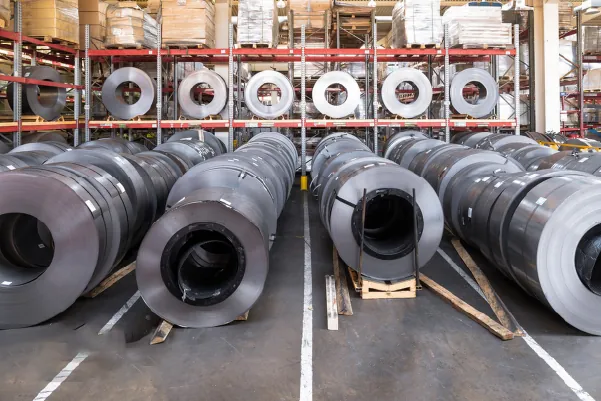
The decision to use 201 stainless steel is, at its core, a strategic financial one. The benefits go beyond simple material savings and can positively impact your entire business operation.
Direct Material Cost Savings
This is the most obvious and immediate benefit. As discussed, the lower nickel content makes 201 grade significantly cheaper than 304. For a manufacturer, this translates directly to a lower cost of goods sold (COGS). This saving can be used in several ways: to offer more competitive pricing to win more business, to increase profit margins on existing product lines, or to allocate the saved budget to other areas like research and development or marketing. It provides financial flexibility, which is a massive asset in any industry.
Supply Chain Stability and Predictability
The global nickel market is notoriously volatile, subject to geopolitical events, mining disruptions, and fluctuating demand. Businesses that rely heavily on 304 stainless steel are exposed to these price swings, making long-term budgeting and pricing a major challenge. Because the cost of 201 is far less dependent on nickel, its price is more stable and predictable. This allows for more accurate financial forecasting and helps insulate your business from unexpected shocks in the commodity markets. This stability is a hidden, yet incredibly valuable, benefit.
Enhanced Market Competitiveness
By leveraging the cost advantages of 201 stainless steel, companies can position themselves more competitively in the market. They can enter price-sensitive segments without sacrificing the quality look and feel that customers associate with stainless steel. This ability to deliver a high-value product at a lower price point is a powerful engine for growth, helping businesses capture market share from competitors who may be over-engineering their products with more expensive materials.
How should you decide if 201 stainless steel is right for your project?
Making that final material decision is tough. A wrong choice can lead to failure down the line or money wasted on over-specified materials. A simple evaluation can guide you.
To decide if 201 is right, evaluate your application's environment. If it is for indoor use, requires good formability, and is not exposed to harsh chemicals or saltwater, 201 stainless steel is likely the most cost-effective and suitable choice for your project.
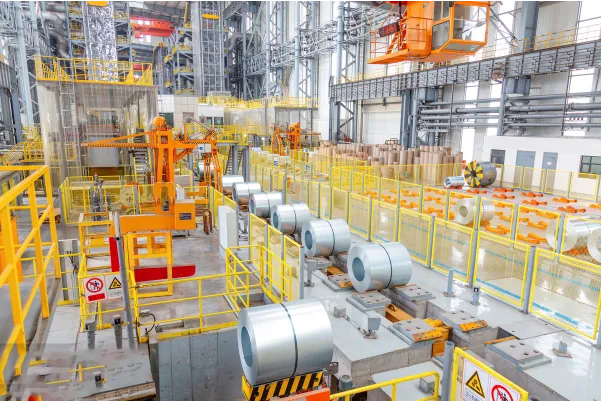
Choosing the right stainless steel is about matching the material's properties to the application's demands. It’s a process of careful consideration, not guesswork. At MFY, we advise our partners to walk through a simple, logical process to ensure they make the optimal choice for both performance and budget.
Step 1: Assess the Operating Environment
This is the most critical question.
- Where will the final product be used? Is it indoors or outdoors?
- What will it be exposed to? Will it face constant moisture, saltwater spray, de-icing salts, or industrial chemicals?
- What is the climate? Is it a dry, inland region or a humid, coastal one?
If the answer points to a harsh, corrosive environment (outdoor, marine, chemical), then 304 or an even higher grade is necessary. If it's an indoor or mild outdoor environment, 201 is a strong contender.
Step 2: Define Performance Requirements
Beyond corrosion, what else do you need from the material?
- Mechanical Strength: Do you need high tensile or yield strength? Both 201 and 304 perform well here, but 201 is slightly stronger due to nitrogen hardening.
- Formability: Does the part require deep drawing, bending, or complex stamping? Both are highly formable, making them excellent choices for manufacturing.
- Aesthetics: What finish is required? 201 can be polished to a bright, attractive finish, just like 304.
Step 3: Conduct a Cost-Benefit Analysis
Finally, weigh the economics. Calculate the total material cost using 201 versus 304. If your analysis from the first two steps shows that 201 meets all the necessary environmental and performance criteria, the significant cost savings make it the clear and logical choice. You get the performance you need without paying for capabilities you won't use.
Conclusion
In summary, 201 stainless steel is not a compromise but a strategic, intelligent choice. For the right applications, it delivers the necessary performance and aesthetics at a significantly lower cost, providing a powerful and sustainable competitive advantage in today's demanding global market.
Have Questions or Need More Information?
Get in touch with us for personalized assistance and expert advice.
